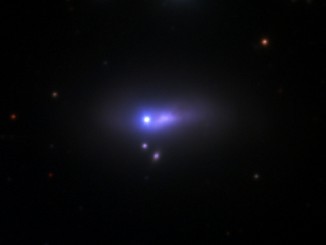
Harvard-Smithsonian Center for Astrophysics


Sun-like star shows magnetic field was critical for life on early Earth
Nearly four billion years ago, life arose on Earth. Life appeared because our planet had a rocky surface, liquid water, a blanketing atmosphere and a protective magnetic field. A new study of the young, Sun-like star Kappa Ceti shows that a magnetic field plays a key role in making a planet conducive to life.
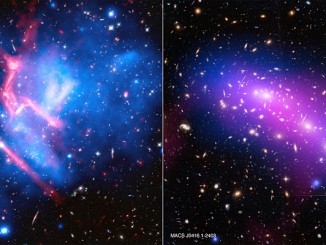
Telescopes combine to push frontier on galaxy clusters
Galaxy clusters are enormous collections of hundreds or even thousands of galaxies and vast reservoirs of hot gas embedded in massive clouds of dark matter. To learn more about clusters, including how they grow via collisions, astronomers have used some of the world’s most powerful X-ray, optical and radio telescopes. The name for this galaxy cluster project is the “Frontier Fields”.
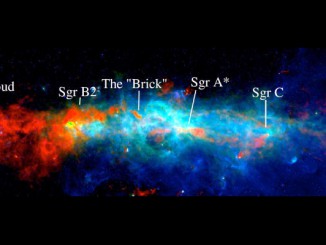
Unravelling the Milky Way’s Central Molecular Zone
Surrounding the black hole at the centre of our Milky Way galaxy and stretching out to about 700 light-years, is a dense zone of activity called the Central Molecular Zone (CMZ). It contains many dense molecular clouds that would normally be expected to produce new stars, but which are instead eerily desolate. Where did the CMZ come from? No place else in the Milky Way is remotely like it.
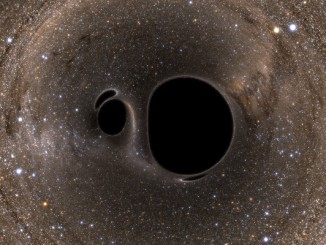
LIGO’s twin black holes might have been born inside a single star
On 14 September 2015, the Laser Interferometer Gravitational-wave Observatory (LIGO) detected gravitational waves from the merger of two black holes 29 and 36 times the mass of the Sun. New research suggests that the two black holes might have resided inside a single, massive star whose death generated a gamma-ray burst detected by the Fermi Space Telescope.
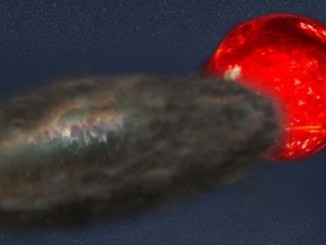
Longest-lasting stellar eclipse discovered
Imagine living on a world where, every 69 years, the sun disappears in a near-total eclipse that lasts for three and a half years. That is just what happens in a newly discovered system, known only by its astronomical catalogue number TYC 2505-672-1, setting a new record for both the longest duration stellar eclipse and the longest period between eclipses in a binary star system.
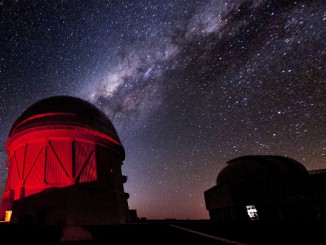
Report of first search for visible light associated with gravitational waves
Catastrophic mergers of binary black holes have been shown to generate gravitational waves, but they can also produce brilliant fireworks of light. Now a team of astronomers has used the Dark Energy Camera (DECam) mounted on the 4-metre Blanco Telescope in Chile in the first detailed search for a visible counterpart of a gravitational wave event.
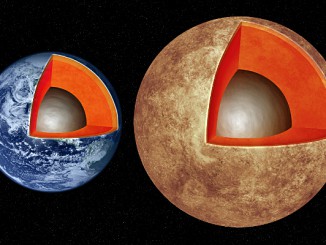
Earth-like exoplanets have Earth-like interiors
Every school child learns the basic structure of the Earth: a thin outer crust, a thick mantle, and a Mars-sized core. But is this structure universal? Will rocky exoplanets orbiting other stars have the same three layers? New research suggests that the answer is yes — they will have interiors very similar to Earth.

Theorists propose a new method to probe the beginning of the universe
How did the universe begin? And what came before the Big Bang? Astrophysicists have asked these questions ever since discovering that our universe is expanding. New research suggests that subatomic heavy particles act as “primordial standard clocks,” offering a way of probing the beginning of space and time to determine which of the competing cosmological theories is correct.
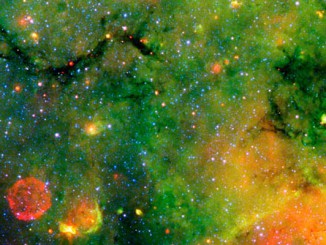
The properties of pre-stellar cores and the birth of stars
Stars like the Sun begin their lives as cold, dense cores of dust and gas that collapse under the influence of gravity until nuclear fusion is ignited. How the collapse process occurs is poorly understood, so astronomers are actively studying these issues by observing young stars in the process of being born.
